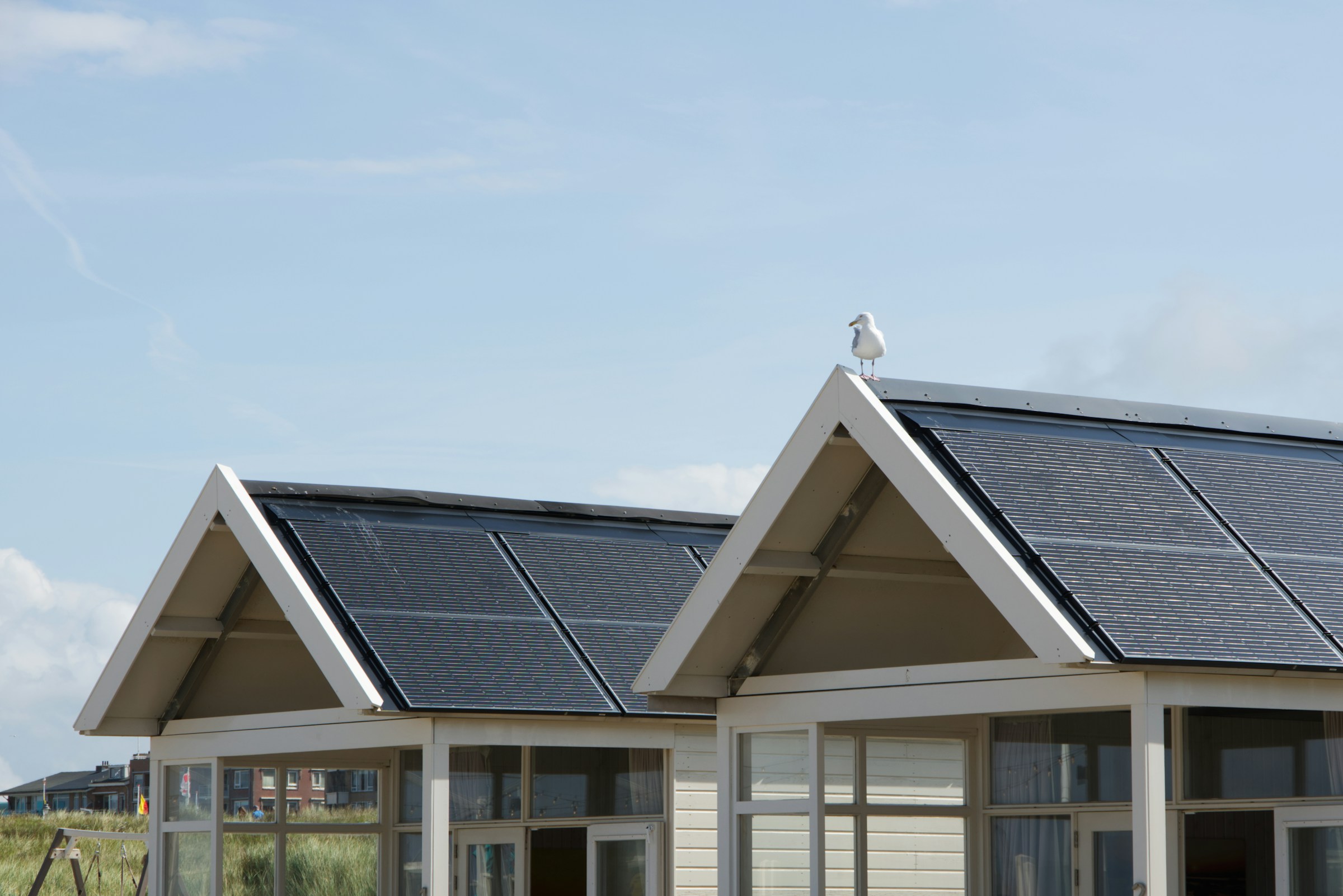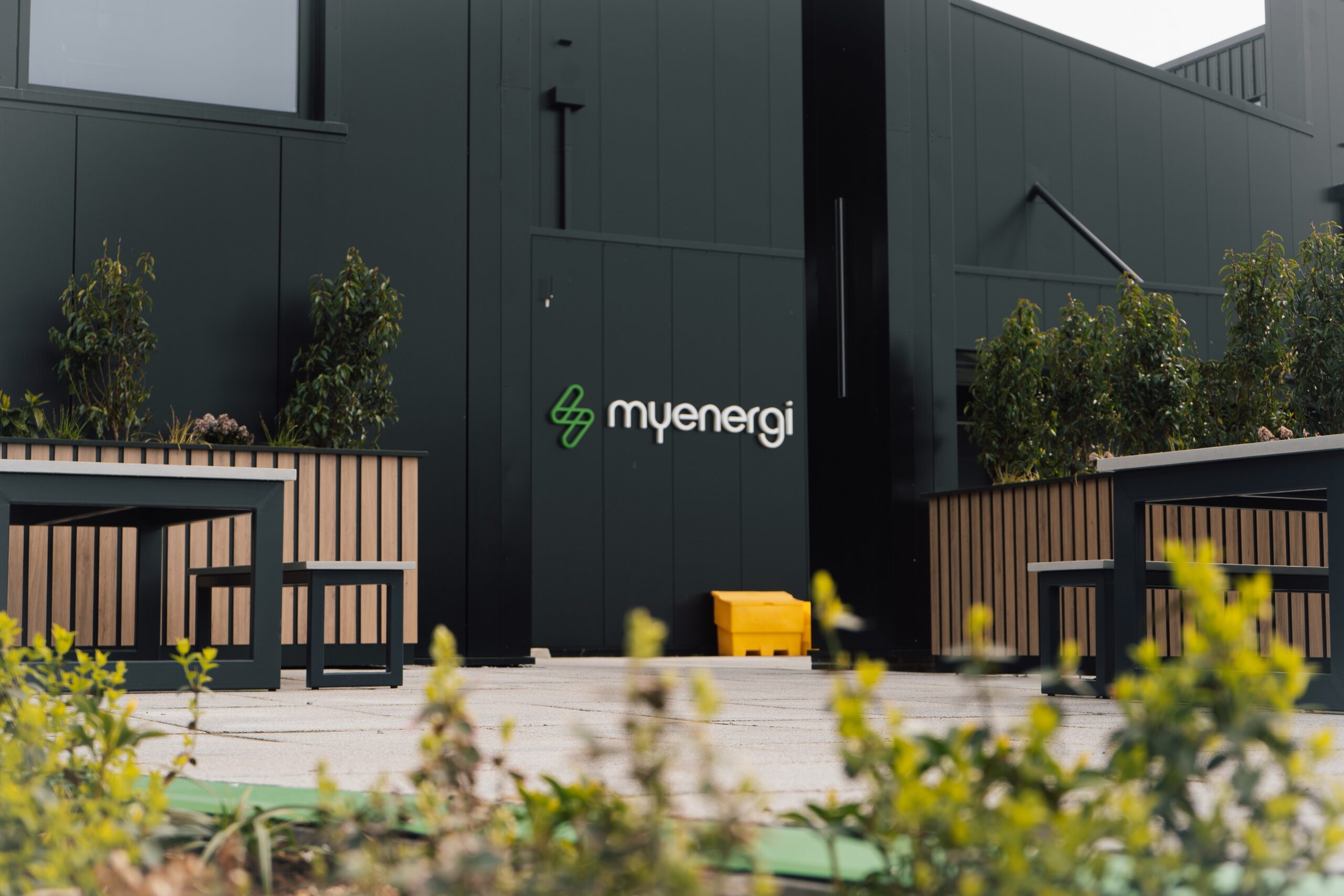Jordan Brompton, co-founder and CMO of myenergi, explores the latest UK EV registration data, explains why rapid growth is a positive reflection of ever-growing consumer confidence, and debunks some of the most common barriers facing the transition to electrification.
According to data from the Society of Motor Manufacturers and Traders (SMMT), 34,034 battery electric vehicles (BEVs) and 16,604 plug-in hybrids (PHEVs) were registered in June 2024, increasing 7.4% and 30% respectively, year-on-year (YOY). To date in 2024, almost 250,000 plug-in models have been sold in total across the UK, including 167,096 BEVs and 81,522 PHEVs, representing almost one in four new cars.[1]
In comparison to diesel sales, which are down 12% compared to 2023, and petrol sales, which plummeted 7.8% YOY in June alone, it’s clear that EV demand is quickly overtaking preference for internal combustion engines (ICE). But rather than a short-term trend, forecasts suggest that plug-in sales will continue to rise incrementally as we draw ever-closer to the 2035 ban.[2]
Digging deeper into the stats, the fleet sector is driving momentum, with lease and business registrations up a staggering 21% YOY between January and June.[3] This, alongside rising private sales and a booming second-hand marketplace, highlights a significant opportunity for the future.
Addressing the elephant in the room
So, the race is run and it’s game over for ICE vehicles, right? Well, not quite. While it’s absolutely true to suggest that attitudes are changing and demand for EVs is growing fast, the transition to electrification is still being hindered by myths, misconceptions and inaccurate information.
According to the results of a YouGov survey commissioned by the National Financed Dealers Association (NFDA), for example, 62% of survey respondents still considered EVs far too expensive, while 54% had concerns over their battery life and 57% faced reservations over insufficient charging infrastructure. As a result, some respondents admitted to not being interested in buying an EV full stop, while others said they would only consider purchasing if prices dropped considerably.
But are these concerns warranted? Is the transition still hampered by barriers, or do we simply need to debunk the myths and inaccuracies that come up time and time again? Personally, I think it’s the latter. After all, while concerns over cost, battery life, charging infrastructure and range were indeed areas that previously needed to be addressed, it’s safe to say that the industry has invested heavily and developed fast.
Today, plug-in vehicles are streets ahead of their ICE counterparts, both in terms of performance and technology. Add to this the environmental benefits, lower maintenance requirements and charging convenience, and it’s hard to see why anyone would want to cling on to more dated propulsion technologies. But to further ease concerns, let’s tackle the most common inaccuracies one at a time.
- EVs are far too expensive
As Europe’s 2035 ban on petrol and diesel new car sales looms ever closer, vehicle manufacturers are quickly diverting R&D spend away from their remaining ICE-powered models and into their next-generation EV line-ups. Mercedes, Chrysler, Fiat, Peugeot, Citroen, Jaguar, Volvo, Ford, Audi and Volkswagen, for example, have already cut all funding for ICE models,[4] while almost every other OEM aims to offer an exclusively BEV line-up before 2030.
While you may expect this investment to hit your finances hard, in reality EVs are far more affordable than you’d think. Especially considering, according to stats from the Finance & Leasing Association (FLA), that more than 90% of all new cars are now bought on finance.
But why is this relevant? Well, an MG ZS electric hatchback would cost £26,000 to purchase outright, compared to £18,000 for the equivalent petrol alternative. While this may indeed seem remarkably high, monthly leasing costs work out as £251.99 and £248.28, respectively, per calendar month.[5] Is the additional £3.71 worth it for lower running costs, significant tax advantages and the added environmental benefits? Well, we think so.
- EV battery life is a cause for concern
Experts suggest that the average electric vehicle battery can last almost 20 years, or 200,000 miles – a significantly longer lifespan than the typical internal combustion engine and far longer than today’s average length of vehicle ownership. What’s more, while battery efficiency will eventually start to drop, the average EV will lose just 2% of accessible range per year – an arguably minor decline.
It might sound obvious, but the latest models have been designed to far outperform their petrol and diesel predecessors. Significant investment has been made by manufacturers into designing ever-more capable vehicles to suit the needs of tomorrow’s drivers.
- The UK has insufficient charging infrastructure
As of July 2024, ZapMap’s national database reported 64,775 operational EV charging points across 33,829 charging locations. More than half of these points are registered as either fast, rapid, or ultra-rapid, with installation volumes of the latter almost doubling annually.[6]
In short, this means that there are now four times more charging locations than petrol stations (8,353)[7]. But it’s also worth noting that an estimated 80% of all charging still takes place on the driveway.[8] Sales of smart EV chargers, such as the myenergi zappi, continue to soar – with hundreds of thousands of domestic devices now installed at homes and workplaces nationwide.[9]
It’s true that charging infrastructure must continue to expand as the transition to electrification accelerates, but is existing infrastructure ‘insufficient’? The numbers, at least, suggest otherwise.
- Limited EV range makes daily driving a cause for concern
With the average driver only commuting 108 miles per week, and some EVs now boasting ranges well in excess of 350 miles, range anxiety is fast becoming a term of the past. Granted, the calculation is relatively simplistic and doesn’t take into consideration factors such as the seasonal drop in battery efficiency experienced during the colder winter months, but it does demonstrate that owning an EV is easier, more practical and more affordable than ever before.
Do EVs have a limited range compared to their petrol and diesel counterparts? It’s fair to say that they’re pretty much on par. Should range prevent you from buying an EV? Well, only if your commute is more than 175 miles each way.
Communication is key to debunking myths
So, while scaremongering is commonplace, switching to electric really is the sensible option for motorists. Need a nippy run-around for your trips into town? There’s countless hatchbacks that’ll suit you down to the ground. Need something a little bigger for motorway journeys? You can now pick up an SUV, saloon or estate for a highly cost-effective monthly price. Best of all, zero tailpipe emissions and torque on demand – the perfect balance of performance, practicality and environmentally-friendly motoring.
Communication, therefore, is more important than ever as we accelerate towards an all-EV car parc. While we can bust myths all day long, national perception is clearly different to EV reality. We need to overcome this barrier and ensure drivers are given the facts – after all, with so much misinformation in the market, we can’t expect motorists to make the transition lightly.
[1] https://www.smmt.co.uk/vehicle-data/car-registrations/
[2] https://www.cinch.co.uk/news/how-the-2030-ban-on-new-petrol-and-diesel-sales-will
[3] Company car registrations up 21% | Highest market share for EVs (fleetnews.co.uk)
[4] https://www.hotcars.com/car-companies-no-longer-investing-in-ice/#audi-amp-volkswagen
[5] https://www.rac.co.uk/drive/electric-cars/choosing/electric-car-leasing-explained-ev-financing-vs-buying/
[6] https://www.zap-map.com/ev-stats/how-many-charging-points#:~:text=How%20many%20public%20charging%20points,UK%2C%20across%2033%2C829%20charging%20locations.
[7] https://www.statista.com/statistics/312331/number-of-petrol-stations-in-the-united-kingdom-uk/#:~:text=Number%20of%20petrol%20stations%20in,Kingdom%20(UK)%202000%2D2023&text=The%20United%20Kingdom%20is%20home,stations%20and%20those%20under%20development.
[8] https://energysavingtrust.org.uk/sites/default/files/23465-EST%2BDFT-Charging%20Electric%20Vehicles%20-%20Best%20Practice%20Guide-WEB.pdf
[9] https://www.zap-map.com/ev-stats/how-many-charging-points#:~:text=How%20many%20public%20charging%20points,UK%2C%20across%2033%2C829%20charging%20locations.








